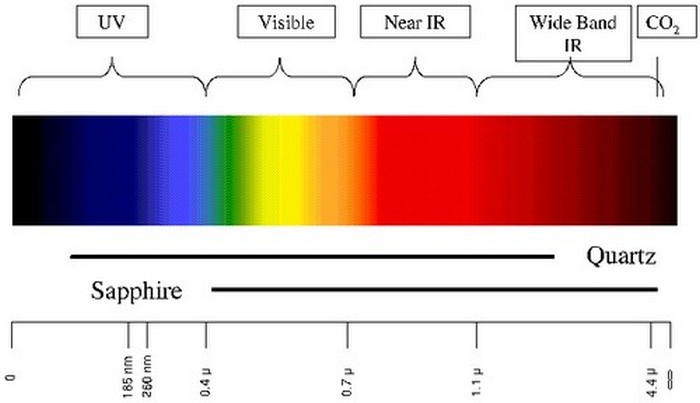Smartphones May Soon Gain the Ability to Detect Gas Types and Amounts
Smartphone manufacturers seem to have run out of new features to add to their devices. After ramping up camera and display resolutions, adding fingerprint scanners, and even bending displays, there appears to be a shortage of ideas on what new features to add to a smartphone. Perhaps the leading smartphone makers would want to consider this new technology from the VIT Technical Research Centre of Finland.
Gas Identifying Sensor
Scientists from Finland have created a miniature sensor capable of detecting the type and amount of gases present in the air. This sensor will make it possible to detect internal air problems using a smartphone or other frequently carried mobile device. This is a great addition to the myriad of sensors already added to smartphones at present. Many high end smartphones already include temperature sensors, ambient lighting sensors, barometers, magnetometers, fingerprint scanners, accelerometers, and a host of other sensors that greatly improve functionality. Having a gas identifying sensor is certainly a welcome development.
According to VIT Technical Research Centre of Finland researcher Anna Rissanen, many sensor developers are interested in using smartphones to measure concentrations of gases likely because of the spread of the Internet of Things (IoT). Various web-enabled and interconnected devices enable indirect observations of a range of environmental factors based on data obtained from one sensor or a network of sensors.
Capabilities of the Sensor
As mentioned, this sensor is designed to identify gas types and detect the amount of the gases present in an area. It scans for gases that may be harmful to humans and determines the quantity dispersed in the air. It is not designed to comprehensively test the air but only to examine a sample of the air in a room or enclosed space. Additionally, because of its gas detecting capabilities, the sensor may also be used to measure sleep quality. It is a great new addition to the different health sensors included in smartphones and is particularly useful in making people more aware of air pollution problems especially in cities and urban areas.
How Does It Work
The sensor works by channelling light through the air sample being analyzed. The gases are identified based on light penetrability at different wavelengths. Carbon dioxide, for example, is identified based on its strong light absorption at a wavelength of 4.2 micrometers. Additional sensor technology is incorporated to differentiate the presence of other gases or substances in the air. The differences on the spectrum of absorption peaks at various infrared wavelengths differentiate the gases present in a sample.
Applications and Related Uses
Once added to a smartphone or other mobile device, this gas detecting sensor can be used to test an office or a workplace for possible airborne contaminants or unusual volumes of harmful or toxic gases that may be silently affecting the productivity, mood, or health of the people who spend most of their time in the space. The sensor will provide a clearer picture of possible threats present in the air that used to be detected only by smelling. Detecting combustibles like methane and vapors of solvents, for instance, will already be possible. This is important in preventing fires or other accidents in factories or workplaces near chemical storage facilities.
Many may think that this sensor is not really a vital addition to smartphones because it is rarely useful. With the growing problem of air pollution, though, at the very least, this sensor will help propagate the awareness of how dirty the world’s atmosphere has become. This awareness may help promote individual efforts to help address the problem of air pollution.
Availability
There’s no word yet regarding the availability of this sensor. Also, there have been no mass production plans yet. There has been no actual device shown to demonstrate the effectiveness of the sensor and its actual operation with a mobile app. Hopefully, this sensor will become available to the market soon. It would be a better addition to smartphones or tablets compared to bumped up camera or display resolutions and overpowered and overheating processors.


